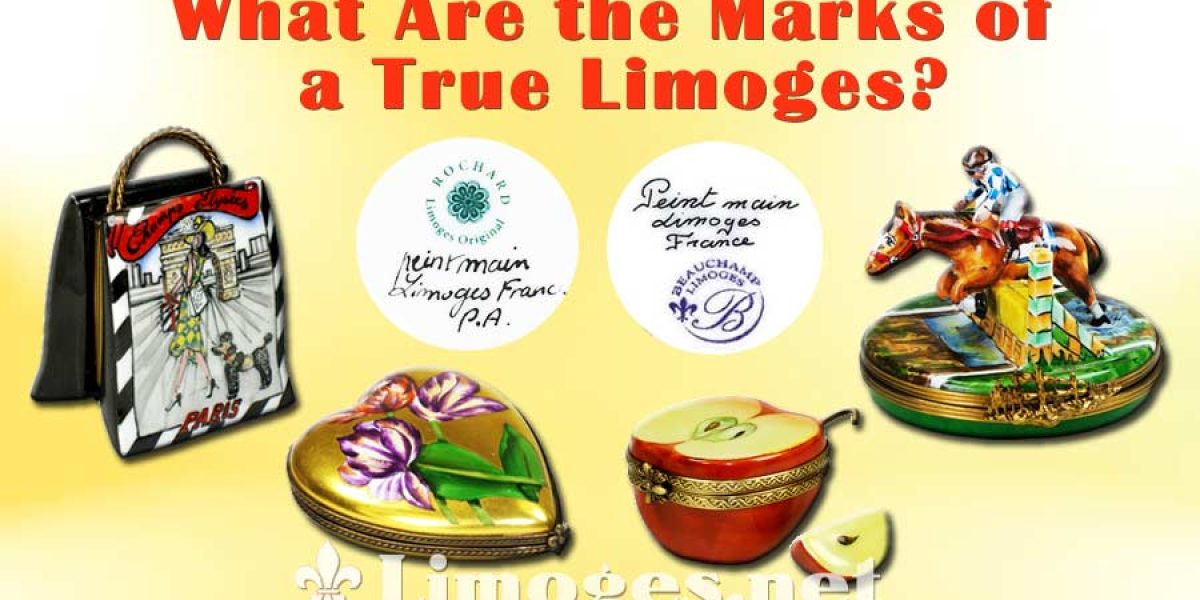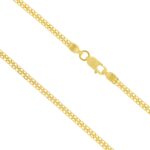Collecting Limoges boxes can be exciting, but knowing how to read the marks is important if you want to buy genuine pieces. These marks tell you where the box was made, who painted it, and whether it is real or fake. For new collectors, understanding true Limoges box marks is a great first step toward making smart and confident purchases.
If you are just starting your Limoges journey, you can explore verified and authentic selections at Limoges.net.
This simple guide will help you learn what to look for when checking the marks and signatures on a Limoges box.
What Are Limoges Box Signatures?
Limoges box signatures are small markings usually found on the bottom of the box. These markings are either hand-painted or stamped. They act as the box’s ID, telling you who made it, where it was made, and whether it is part of a limited edition.
A true Limoges box mark will often include a few specific details that confirm its origin and value. These marks are very important when buying, collecting, or gifting Limoges porcelain.
Why Limoges Box Signatures Matter
Learning to read Limoges box signatures helps in the following ways:
-
You can tell the difference between real and fake boxes
-
You can know the maker or workshop behind the box
-
You can understand the age and value of the box
-
You can feel confident while buying or selling
The signature acts as proof that the piece is made in the Limoges region of France and follows traditional techniques.
Main Features of True Limoges Box Marks
As a beginner, here are the main elements you should learn to recognize:
1. “Peint Main”
This French phrase means “hand-painted.” It tells you the artwork on the box was done by hand and not printed by machine.
This phrase is usually written in cursive with a fine brush and is one of the best signs of an authentic Limoges box.
2. “Limoges France”
This confirms that the porcelain was made in the Limoges region of France. It should always be written clearly. If the box only says “Limoges style” or just “France,” it might not be authentic.
3. Artist Signature or Initials
The painter’s name or initials are often added below “Peint Main.” Some artists use full names, while others sign with initials. Learning common artist signatures can help you identify the creator of a particular piece.
4. Workshop or Manufacturer Name
Some boxes also include the name of the workshop. Famous Limoges manufacturers include:
-
Artoria
-
PV (Parry Vielle)
-
Chamart
-
Rochard
-
Dubarry
Seeing one of these names in the signature adds value and trust to the piece.
5. Numbering and Edition Info
Limited edition Limoges boxes will include a number like “12/250.” This means the box is number 12 out of a total of 250 made. This increases the collectible value.
How to Read a Limoges Box Signature: Step-by-Step
Step 1: Turn the Box Over
Gently flip the box and look at the base. Most marks are located underneath the box, but some may also appear inside the lid.
Step 2: Look for the Key Phrases
Check for “Peint Main” and “Limoges France.” These two are non-negotiable if you want a true piece.
Step 3: Identify the Artist or Workshop
Read the name or initials below the key phrases. If the box is from a known brand like Artoria, you might see the logo or the full name.
Step 4: Check for Numbering
If the box has a number like 43/500, it means it is part of a limited series. This is good news for collectors.
Step 5: Compare with Known Marks
Once you have noted all details, compare them with examples of true Limoges box marks from reliable sources. This helps confirm if the box is real.
Examples of Authentic Signature Formats
Here are some common ways true Limoges box marks appear:
-
Peint Main
Limoges France
L. Martin -
Peint Main
Limoges France
PV -
Peint Main
Rochard
27/250
If the signature follows one of these formats, the box is likely authentic.
Common Signature Mistakes to Watch For
Some fake Limoges boxes include marks that look similar but are not correct. As a beginner, be careful of the following:
-
Misspelled phrases like “Paint Main” or “Limoge France”
-
Printed marks instead of hand-painted ones
-
Stickers only, with no painted or stamped marks
-
No workshop name or a name not linked to Limoges
Avoid buying boxes with unclear, faded, or badly written marks unless you are confident they are real.
Tips for Beginner Collectors
Here are some tips to help you get started with confidence:
-
Buy from trusted sellers who provide clear photos of the mark
-
Start with modern pieces from known workshops like Artoria or Rochard
-
Avoid cheap imitations found in general gift shops or online marketplaces
-
Take your time to learn the different styles of marks
-
Join collector groups or forums to see how others read and share their finds
With time and experience, reading Limoges box signatures becomes easier and even enjoyable.
Conclusion
Learning how to read true Limoges box marks is an essential part of becoming a smart collector or buyer. These small marks carry a lot of meaning. They confirm the box is hand-painted, made in Limoges France, and possibly signed by a known artist or workshop.
As a beginner, focus on recognizing the key elements like “Peint Main,” “Limoges France,” and artist signatures. With these basics, you can feel confident that the Limoges box you hold is both beautiful and authentic.












